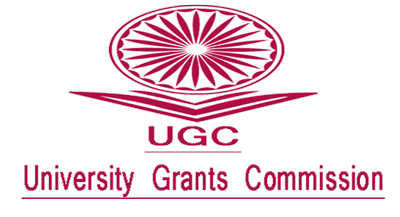A comparative study between continuous and pulse drip systems on the yield of tomato (Lycopersicon esculentum) in sandy loam soil under the moist sub-humid condition
Keywords:
Cost economics, Drip irrigation, Peak water requirement, Pulse irrigation, Water application efficiency, Water front advanceAbstract
A field study was carried out in a mid-central table agro-climatic zone (ACZ) to evaluate the soil moisture distribution and tomato crop yield in sandy loam soil using continuous and pulse drip irrigation. The response due to both continuous and pulse irrigation on waterfront advance, system efficacy, yield, and economics in emitters with variable capacities such as 2 lph continuous (T ), 4 lph in both continuous and 1 pulse (T , T ), 8 lph in both continuous and pulse (T , T ), and 16 lph in both continuous 2 3 4 5 and pulse (T , T ) was assessed. When compared to continuous treatment, the results 6 7 reveal that the lateral movement of the waterfront in a pulse system is substantially less, regardless of the drippers providing equivalent discharge, and the reverse case was observed in a vertically downward direction. Throughout the crop growth period, pulse treatment outperformed continuous application, with T exhibiting the highest 5 crop growth and tomato yield, followed by T and T . The cost economics revealed that 4 7 T had the highest benefit-cost (B:C) ratio (3.19), followed by T (3.03), and T (2.97) 5 4 7 and T has the lowest (2.76) value.







